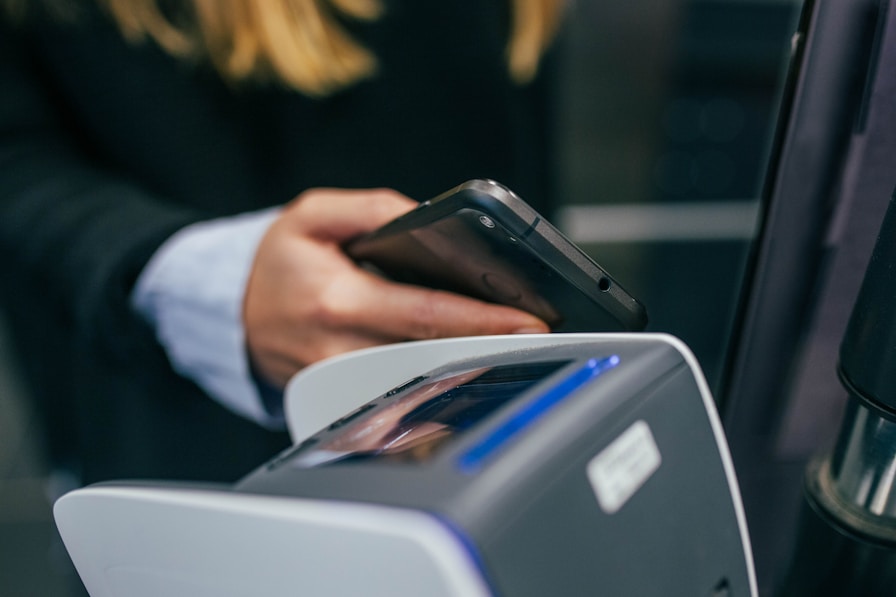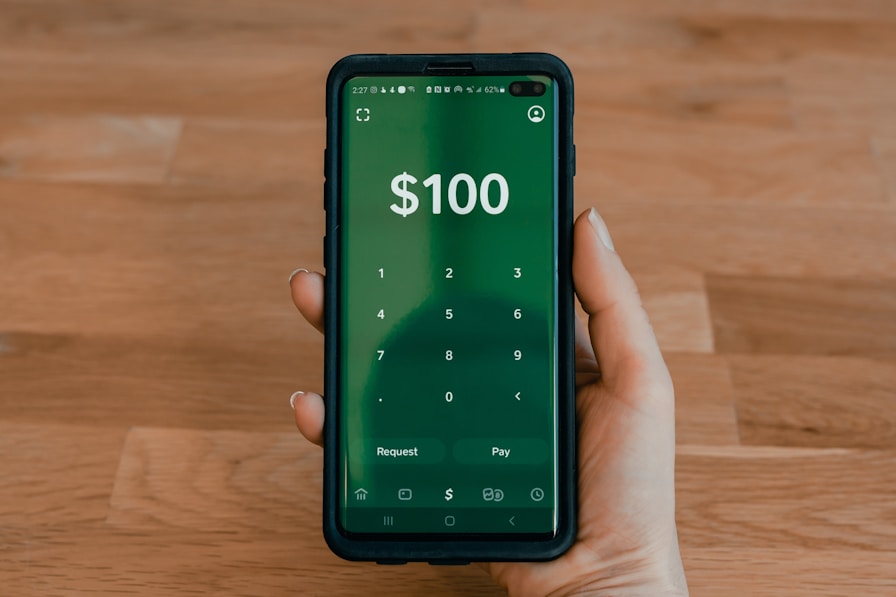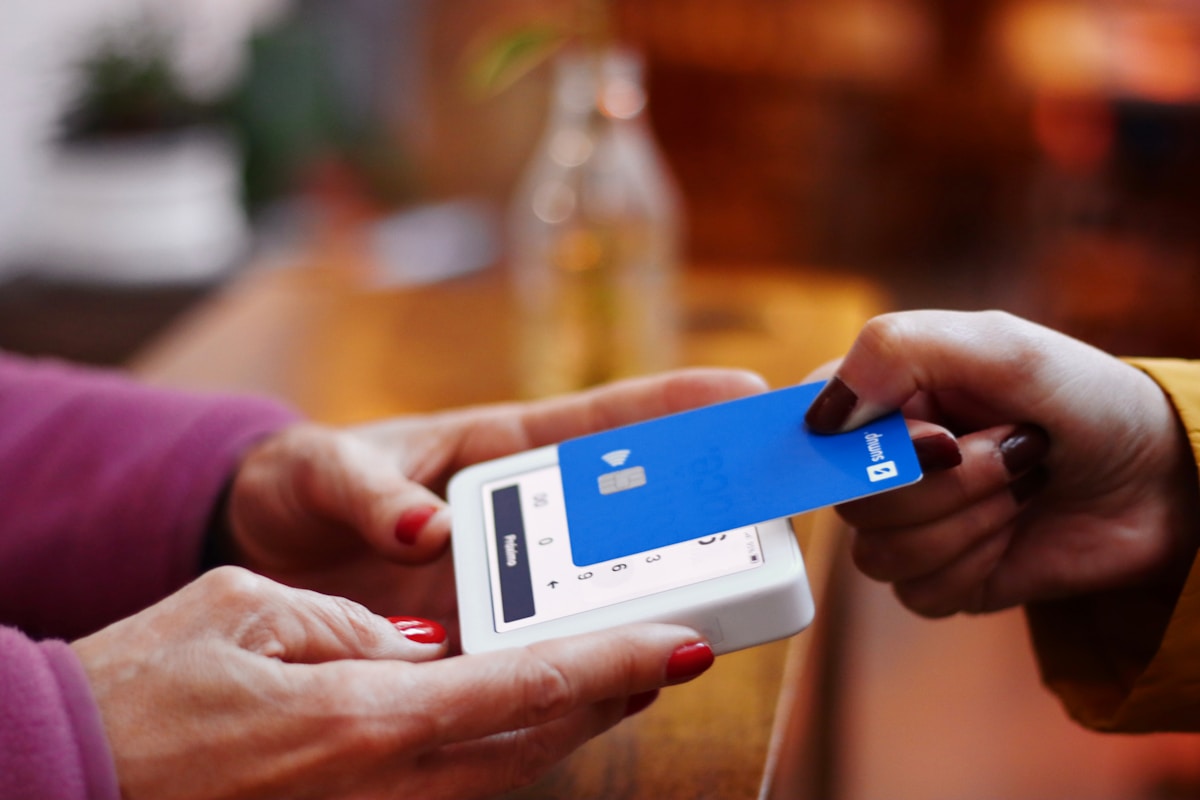A Really Quite Good Guide to Creating a Seamless Mobile Checkout Flow Experience
A Really Quite Good Guide to Creating a Seamless Mobile Checkout Flow Experience

Mobile devices have become integral to our daily lives in today's fast-paced digital world. People increasingly rely on smartphones and tablets for various transactions, from shopping to banking. As a result, providing a seamless mobile checkout experience has never been more crucial for businesses in the ecommerce industry.
The Importance of a Seamless Mobile Checkout Experience
A seamless mobile checkout experience drives customer satisfaction and improves conversion rates. Customers who encounter difficulties during checkout, such as long loading times or complex forms, are more likely to abandon their purchase and seek alternatives. By ensuring a smooth and hassle-free checkout experience, businesses can retain customers, boost sales, and establish a positive brand reputation.
Key Factors for a Successful Mobile Checkout
Several key factors contribute to a successful mobile checkout process. First and foremost is simplicity – streamlining the steps in completing a purchase can significantly enhance the overall user experience. Additionally, security plays a vital role in building trust with customers. Implementing secure payment gateways and displaying trust seals can instill confidence in users while safeguarding their sensitive information.
Why Mobile Checkout Experience Matters in Ecommerce
The rise of mobile ecommerce has revolutionized the way people shop online. With smartphones becoming an extension of ourselves, consumers now expect convenience and efficiency when purchasing on their mobile devices. A poor checkout experience frustrates users and leads to lost business sales opportunities. Therefore, optimizing the mobile checkout flow is crucial for staying competitive in today's digital marketplace.
Understanding the Mobile Checkout Flow

To create a seamless mobile checkout experience, it is crucial to understand the different stages of the mobile checkout flow. This understanding will allow you to optimize each step and streamline the payment process on mobile devices.
The Different Stages of Mobile Checkout
The mobile checkout flow typically consists of several stages customers go through when purchasing. These stages include adding items to the cart, entering shipping and billing information, selecting a payment method, reviewing the order, and completing the purchase. Each stage presents an opportunity to enhance the overall checkout experience for mobile users.
Optimizing Each Step for a Seamless Experience
To ensure a seamless mobile checkout experience, optimizing each step of the process is important. This involves simplifying the checkout form by only asking for essential information and eliminating any unnecessary fields that can cause friction or frustration for users. Streamlining the process and reducing the required steps can minimize cart abandonment rates and improve conversion rates.
Streamlining the Payment Process on Mobile Devices
One of the key challenges in mobile ecommerce is streamlining the payment process on small screens. To overcome this challenge, it is essential to offer multiple payment options that are optimized for mobile devices. This includes integrating secure payment gateways that support popular mobile wallets like Apple Pay and Google Pay. You can enhance user trust and satisfaction during checkout by providing convenient and secure payment options.
Implementing Checkout Best Practices

Image taken from Strikingly
Simplifying the Checkout Form for Mobile Users
To provide a seamless mobile checkout experience, it is crucial to simplify the checkout form for mobile users. Long and complex forms can be frustrating and time-consuming, leading to cart abandonment. Minimizing the number of required fields and using smart defaults can streamline the process and reduce friction.
Making sure mobile users have an easy time checking out is super important. Nobody likes long and confusing forms, especially on a small screen. The more hassle, the more likely someone will give up and leave without buying.
That's where Strikingly comes in with its cool personalized checkout form. They've made the mobile checkout flow simple and mobile-friendly. Instead of making customers fill out many fields, Strikingly lets businesses pick the crucial bits and eliminate the fluff. Plus, they've got these smart defaults that make things even faster. It's like Strikingly knows we're all about that quick and easy mobile shopping life. So, in a nutshell, they're helping to make sure more people finish buying stuff, which is awesome for any business.
One effective strategy is implementing a single-page checkout where users can view all necessary information simultaneously. This eliminates the need for multiple page loads, making it easier for customers to complete their purchases quickly. Additionally, responsive design techniques ensure the form adapts well to different screen sizes, enhancing usability.
Providing Guest Checkout Option for Convenience
A guest checkout option is another best practice for mobile checkout flow. Many customers prefer not to create an account or go through a lengthy registration process when making a purchase on their mobile devices. You eliminate this barrier and improve convenience by allowing them to check out as guests.
Guest checkout allows users to purchase without providing unnecessary personal information upfront. However, offering incentives for creating an account after completing the guest checkout process, such as exclusive discounts or personalized recommendations, is essential. This encourages users to consider registering in the future while still providing a seamless experience in the present.
Utilizing Autofill and Auto-Complete Features
Leveraging autofill and auto-complete features can significantly enhance the mobile checkout experience. These features utilize stored user data or predictive algorithms to automatically populate form fields with relevant information such as name, address, and payment details.
By reducing manual input requirements, autofill and auto-complete save time and minimize errors during checkout on mobile devices. Implementing these features improves user convenience and increases conversion rates by reducing friction at each process step.
Designing a User-Friendly Checkout Experience

To provide a seamless mobile checkout experience, designing a user-friendly interface that ensures smooth navigation and easy completion of the purchase process is crucial.
Mobile-Friendly Layout and Navigation
When it comes to mobile checkout, having a responsive and mobile-friendly layout is essential. The design should adapt well to different screen sizes and orientations, ensuring all elements are easily accessible and readable. A clutter-free layout with clear headings, well-organized sections, and intuitive navigation will help users navigate the checkout process effortlessly.
Clear and Visible Call-to-Action Buttons
To guide users through the mobile checkout flow, it is vital to have clear and visible call-to-action buttons. These buttons should be strategically placed at each process step, such as Add to Cart, Proceed to Checkout, and Place Order. Using contrasting colors for these buttons can make them stand out and attract attention, increasing the chances of conversion.
Minimizing Distractions and Reducing Friction
To create a seamless mobile checkout experience, minimizing distractions and reducing friction throughout the process is crucial. This means eliminating unnecessary steps or information fields that may cause frustration or confusion for users. By streamlining the checkout flow and only asking for essential information, such as shipping address, payment details, and contact information, you can make the process quicker and more efficient.
By implementing these design principles in your mobile ecommerce platform's checkout experience, you can enhance user satisfaction while increasing conversion rates. Remember that simplicity is key to creating a user-friendly interface that ensures a seamless mobile checkout flow.
Next section: V. Enhancing Security and Trust in Mobile Ecommerce
Enhancing Security and Trust in Mobile Ecommerce

Image taken from Strikingly
In the fast-paced world of mobile ecommerce, ensuring security and trust is crucial for a successful checkout experience. Secure payment gateways are essential to protect customers' sensitive information from cyber threats. Businesses can provide a safe transaction environment by partnering with reputable payment processors and integrating encryption technologies.
Displaying trust seals and SSL certifications on the checkout page can significantly enhance customers' confidence in the mobile ecommerce process. These visual indicators indicate that the website has undergone rigorous security checks and complies with industry standards. Seeing these seals, such as Norton Secured or McAfee Secure, reassures customers that their personal information will be handled securely.
It's worth noting that Strikingly offers free SSL to all its customers, and what's even cooler is that Strikingly's free SSL is automatically included on users' websites. This added feature by Strikingly further reinforces the platform's trustworthiness, ensuring users and their customers can have peace of mind during online transactions.
Communicating privacy policies and data protection measures is another vital aspect of enhancing security and trust in mobile ecommerce. Clearly outlining how customer data will be collected, stored, and used builds transparency and fosters trust. By providing easy access to privacy policies during the checkout process, businesses demonstrate their commitment to protecting customer information.
The image above shows a padlock symbol next to a shield with a checkmark inside, representing enhanced security measures in mobile ecommerce checkout flow.
Implementing Secure Payment Gateways

Image taken from Strikingly - Accept Payment Page
Implementing secure payment gateways ensures that customer payment information remains protected throughout the transaction process. Platforms like Strikingly emphasize this importance by allowing seamless integration with trusted payment service providers. By partnering with trusted payment service providers like PayPal or Stripe, businesses, especially those set up on Strikingly, can offer customers peace of mind by knowing that their financial data is handled securely. This integration on Strikingly streamlines the checkout process and reinforces trust and confidence in online transactions.
To further enhance security, businesses should prioritize tokenizing or encrypting sensitive customer data. This ensures that even if there is a breach in the system, hackers will only have access to encrypted or tokenized information that holds no value without decryption keys.
Displaying Trust Seals and SSL Certifications
Displaying trust seals and SSL certifications on the checkout page is an effective way to build customer trust. These visual indicators act as a stamp of approval, assuring customers that the website they are transacting on is secure and trustworthy.
Trust seals, such as Norton Secured or McAfee Secure, are widely recognized symbols that indicate a website has undergone rigorous security checks. SSL certifications, represented by the padlock symbol in the browser's address bar, signify that data transmitted between the customer's device and the website is encrypted.
Communicating Privacy Policies and Data Protection Measures
Clearly communicating privacy policies and data protection measures is essential for establishing trust in mobile ecommerce. Customers want assurance that their personal information will be handled responsibly and securely.

Image taken from Strikingly
Businesses should make their privacy policies easily accessible during the checkout process. Clearly state how customer data will be collected, stored, and used, including any third-party involvement. Businesses can instill customer confidence and foster long-term trust-based relationships by being transparent about data protection measures.
By implementing secure payment gateways, displaying trust seals and SSL certifications, and effectively communicating privacy policies and data protection measures, businesses can enhance security and trust in mobile ecommerce checkout flow. These measures protect customer information and promote a positive shopping experience that encourages repeat purchases.
Leveraging Mobile Technology for a Seamless Checkout

To provide a seamless mobile checkout experience, ecommerce businesses must leverage mobile technology. This includes integrating mobile wallets for quick payments, optimizing touch ID and facial recognition, and offering in-app purchases and one-click ordering.
Integrating Mobile Wallets for Quick Payments
One way to streamline the mobile checkout flow is by integrating popular mobile wallets such as Apple Pay, Google Pay, or Samsung Pay. By allowing customers to store their payment information in these digital wallets securely, they can easily make quick payments without having to enter their credit card details manually each time. This saves time and reduces the risk of errors during the checkout process.
Another way to enhance the mobile checkout flow is by implementing a one-click payment option. By allowing customers to save their preferred payment method and shipping information, they can complete their purchase with just a single click. This simplifies checkout and encourages impulse buying, as customers can swiftly purchase without hassle or second thoughts. Ultimately, this seamless and efficient payment option enhances customer satisfaction and boosts conversion rates.
Optimizing for Touch ID and Facial Recognition
To enhance the security and convenience of mobile checkout, businesses can optimize their platforms to support touch ID and facial recognition technologies. These biometric authentication methods allow users to authorize payments with just a fingerprint or facial scan securely. By incorporating these features into the checkout process, businesses can provide a frictionless experience while ensuring the safety of customer transactions.
Offering In-App Purchases and One-Click Ordering
Another way to improve the mobile checkout experience is by offering in-app purchases and one-click ordering options. Customers can complete their transactions with in-app purchases without being redirected to external websites or platforms. This eliminates any potential distractions or frustrations from navigating between different interfaces.
Additionally, implementing one-click ordering allows returning customers to make purchases with a single click or tap, as their payment information is securely stored within the system. This eliminates the need for repetitive form filling and significantly speeds up the checkout.
Conclusion

The future of the mobile checkout experience looks promising as technology continues to advance and improve. With the increasing popularity of mobile ecommerce, businesses must prioritize and optimize their mobile checkout flow. Businesses can significantly improve conversion rates and customer satisfaction by implementing best practices and ensuring a seamless checkout experience.
Designing a user-friendly checkout experience is also essential. A mobile-friendly layout and navigation, clear call-to-action buttons, and minimizing distractions all contribute to a smoother checkout process. By reducing friction, businesses can enhance the overall user experience and increase the likelihood of successful conversions.
Enhancing security and trust in mobile ecommerce is another crucial aspect of a seamless mobile checkout. Implementing secure payment gateways, displaying trust seals and SSL certifications, and communicating privacy policies and data protection measures instill confidence in customers when transacting on their mobile devices.
Leveraging mobile technology further enhances the checkout experience. Integrating mobile wallets for quick payments, optimizing for touch ID and facial recognition, and offering in-app purchases and one-click ordering all contribute to a smoother transaction process.
In conclusion, by prioritizing the optimization of the mobile checkout flow, implementing best practices, designing a user-friendly experience, enhancing security and trustworthiness, and leveraging mobile technology advancements, businesses can significantly improve conversion rates and customer satisfaction in mobile ecommerce.
